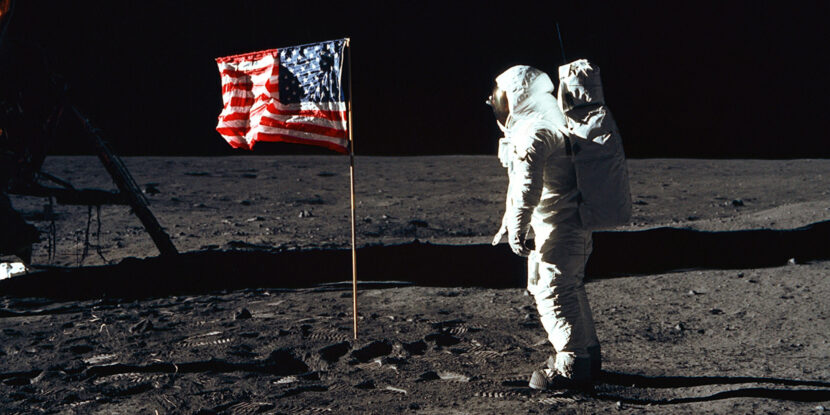❓WHAT HAPPENED: NASA has announced plans to establish a sustainable lunar base by 2035, creating a “village” on the Moon.
👤WHO WAS INVOLVED: Secretary of Transportation and NASA Administrator Sean Duffy and other international space agency leaders.
📍WHEN & WHERE: Announcement made at the International Aeronautical Congress in Sydney, Australia, September 2025.
💬KEY QUOTE: “We’re going back to the Moon, and this time, when we plant our flag, we stay.” – Sean Duffy
🎯IMPACT: The lunar base will pave the way for future Mars exploration and enhance U.S. leadership in space exploration.
Secretary of Transportation and NASA Administrator Sean Duffy has announced plans to establish a permanent presence on the Moon by 2035. Speaking at the International Aeronautical Congress in Sydney, Australia, Duffy said, “We are going to have sustained human life on the Moon. Not just an outpost, but a village.”
This initiative will be driven by the Artemis program, which is set to return humans to the lunar surface for the first time since the Apollo era. Artemis II, scheduled for February 2026, will test both the Space Launch System rocket and the Orion spacecraft in a crewed mission around the Moon. The follow-up, Artemis III, targets a 2027 lunar landing. Unlike previous missions, astronauts will remain on the Moon for a full week, gathering critical data to support long-term habitation.
To sustain operations during the Moon’s 14-day night, when solar power is unavailable, NASA plans to deploy a compact nuclear reactor. The Fission Surface Power System, as it is called, must weigh under 15 tonnes and produce 100 kilowatts of electricity, enough to support life-support systems, equipment, and communication infrastructure. NASA is currently seeking industry partners to help develop the reactor.
Construction of the base itself may rely heavily on lunar resources. NASA is exploring ways to mix lunar soil with binding agents to create a form of cement, which could be used with 3D printing technologies to build structures on-site. These methods are not only intended for the Moon but may also play a role in future Mars missions requiring long-term human presence.
“We’re going back to the Moon, and this time, when we plant our flag, we stay,” Duffy said. He framed the effort as part of a new “space race,” with the United States aiming to stay ahead of rivals such as China in space exploration and technology.
Meanwhile, on Mars, the Perseverance rover recently collected a rock sample that may show signs of ancient microbial life, although scientists caution that the evidence is not definitive. NASA is also monitoring a house-sized asteroid set to pass near Earth, and, in deep space, Voyager 1 has begun transmitting garbled data as it travels beyond the edge of the solar system.
Join Pulse+ to comment below, and receive exclusive e-mail analyses.




















